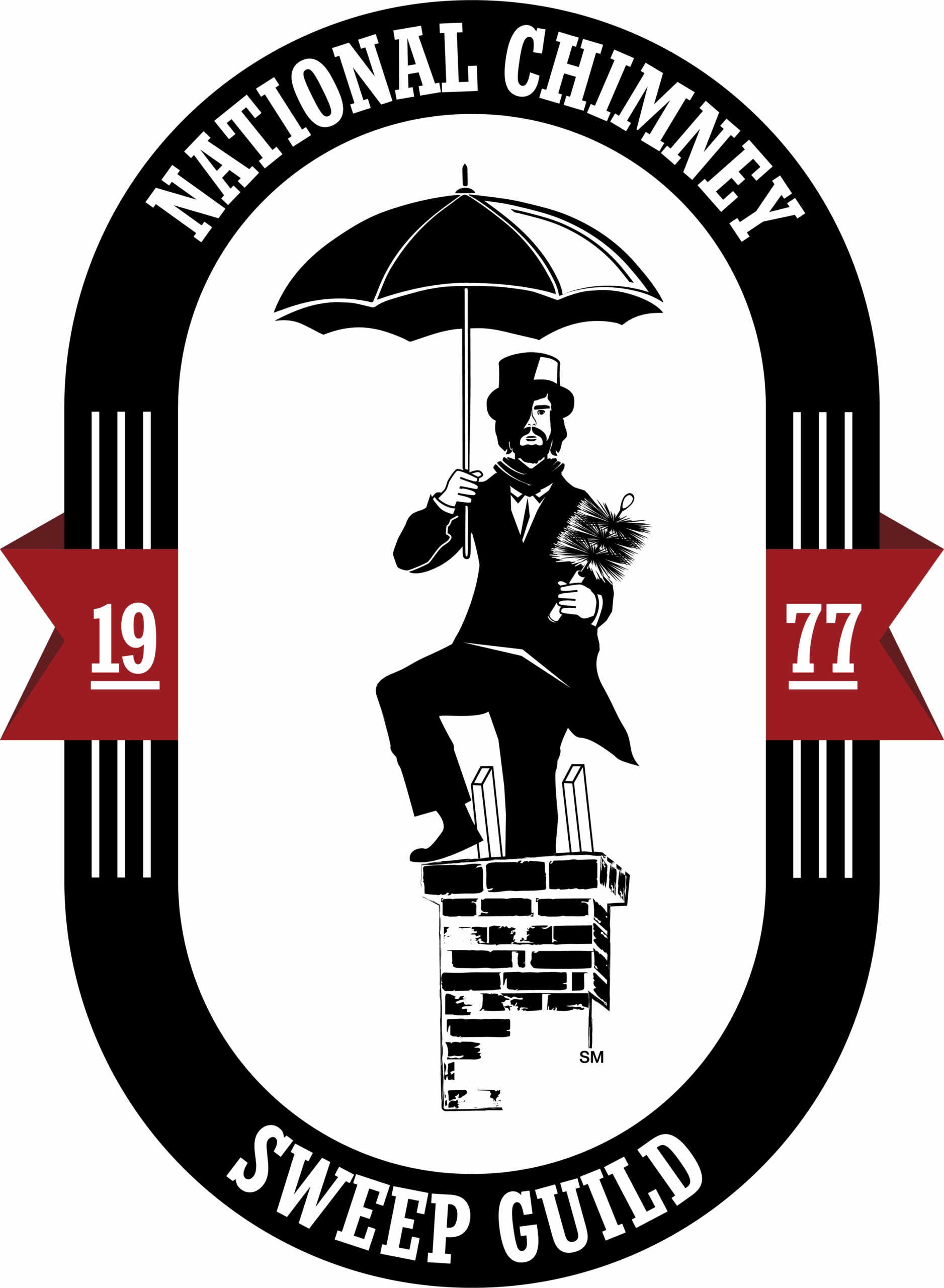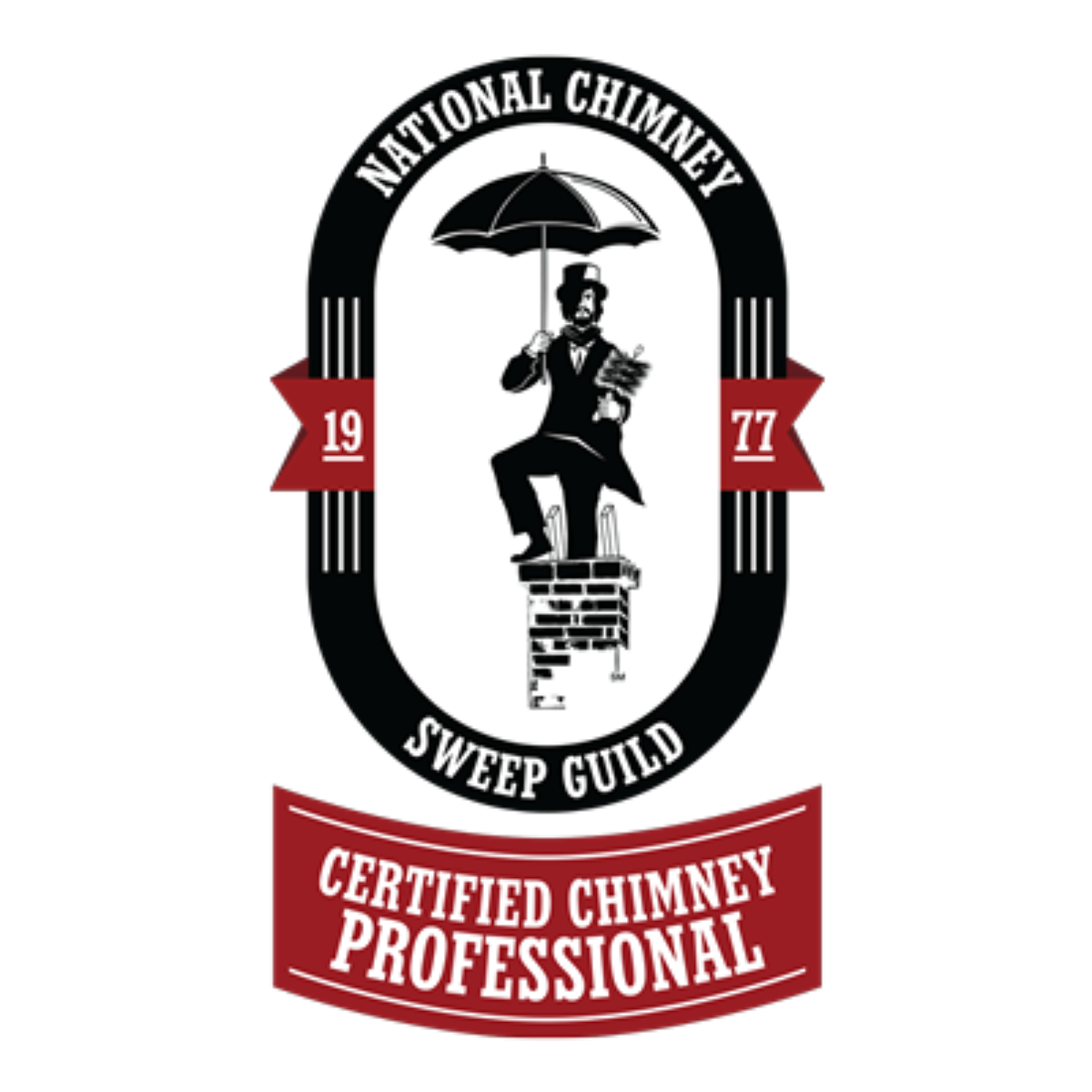A Comprehensive Overview of Various Types of Chimneys
Chimneys are key architectural structures, designed for the essential function of venting flue gases from fireplaces or heating systems into the external environment. The three main types include masonry chimneys, typically made of bricks or stones; factory-built chimneys, manufactured predominantly from stainless steel and engineered for ease of installation and high-temperature resistance; and prefabricated chimneys, recognized for their cost-efficiency yet relatively lower durability. Each variety possesses unique components, construction techniques, and upkeep protocols. Imminent attention is warranted towards regular maintenance, early damage detection, and adherence to safety standards. An insightful exploration into these facets could quite significantly enhance your understanding of chimneys.
Understanding Chimney Types and Components
What comprises the various types of chimneys in our homes and how do their specific components function to ensure safety and efficiency? Broadly, there are two types of chimneys commonly used in homes – masonry chimneys and factory-built chimneys.
Masonry chimneys incorporate bricks or stones in their construction and are a traditional choice. The key components of a masonry chimney include the crown, flue, smoke chamber, damper, firebox, and foundation. These components collectively ensure the safe expulsion of smoke and gases from the home and prevent the backflow of these harmful substances.
Factory-built chimneys, on the other hand, are modern alternatives often made of stainless steel. These chimneys are typically made up of chimney caps, flashing, storm collars, roof braces, and chimney pipes. These components function together to provide an efficient and safe route for the evacuation of smoke and gases. Both masonry and factory-built chimneys require regular inspection and maintenance to ensure their efficient operation and longevity. Understanding the different components of these chimneys can help homeowners ensure their proper maintenance and, in turn, prolong their lifespan and maintain the safety of their homes.
Masonry Chimneys: Construction and Functionality
Having explored the general types and components of chimneys, let’s now focus on the construction and functionality of masonry chimneys, which are traditionally built using bricks or stones.
Masonry chimneys have been the standard in chimney construction for centuries due to their durability and aesthetic appeal. They are constructed using individual bricks or stones, held together with a strong mortar mix. This provides a high degree of heat resistance and structural stability, making masonry chimneys ideal for traditional wood-burning fireplaces.
The functionality of a masonry chimney is based on the principle of drafting. The heat produced by the fireplace rises up the chimney, creating a difference in pressure that draws fresh air into the fireplace. This ensures efficient combustion and keeps smoke and gases from entering the home. However, masonry chimneys require regular maintenance to remain safe and functional. This includes annual inspections to check for signs of wear or damage, such as cracks in the mortar or bricks, which could impact the chimney’s performance and safety.
Prefabricated Chimneys: Pros and Cons
Transitioning from traditional masonry chimneys, let’s delve into the world of prefabricated chimneys, examining their advantages and drawbacks. Prefabricated chimneys have gained popularity for their cost-effectiveness and ease of installation. As factory-made units, they come with a precise set of parts, ensuring consistency and eliminating the variability of onsite construction. Certified technicians can set them up quickly, reducing labor costs.
However, they aren’t without drawbacks. Prefabricated chimneys are typically made of lightweight metal and are not as durable as their masonry counterparts. Their lifespan ranges between 10 to 30 years, depending on usage and maintenance, whereas a masonry chimney can outlast the home itself. Furthermore, once a particular model is discontinued, securing replacement parts can be challenging. Another critical aspect to consider is that prefabricated chimneys are designed for specific types of fuel and appliances, restricting their versatility. Using them with incompatible appliances can pose fire hazards. Therefore, it’s crucial to ensure compatibility before installation.
Despite these limitations, prefabricated chimneys remain a popular choice, particularly for those seeking budget-friendly, efficient solutions for their heating systems.
Factory-Built Chimneys: Ideal Applications
In the realm of modern construction, factory-built chimneys stand as a popular choice, specifically designed and rigorously tested for safety, making them an ideal application for new homes. These chimneys, often made of high-quality stainless steel, offer a practical and efficient alternative to traditional masonry chimneys. Factory-built chimneys are typically double or triple-walled, providing increased insulation and safety. They are engineered to withstand high temperatures and are resistant to corrosion, extending their operational lifespan and reducing the requirement for frequent repairs or replacements.
The reduced weight of these chimneys, compared to their masonry counterparts, allows for easier installation, often translating into lower labor costs. Ideal for use with a variety of heating appliances, factory-built chimneys offer a versatile venting solution. They work well with wood, gas, and oil-fired appliances, making them a flexible choice for homeowners.
With their inherent design advantages, factory-built chimneys exhibit excellent draft characteristics, ensuring efficient operation of the connected heating appliance.
Chimney System Maintenance and Safety
While the selection and installation of the appropriate chimney type are significant, the maintenance and safety of these systems hold equal importance in ensuring their longevity and efficiency. Regular inspection and cleaning of the chimney liner, a crucial component of the system, can prevent the accumulation of creosote, a substance that can ignite and cause chimney fires.
In addition to fire risk, an unclean chimney liner can also lead to the inefficient operation of the chimney system. For instance, a blocked liner can restrict the flow of gases, leading to poor ventilation and potential carbon monoxide poisoning. It is therefore recommended to have the chimney liner inspected at least once a year by a certified professional. Safety measures should also be implemented, such as the installation of a chimney cap to keep out rain, snow, animals, and debris. Regular checks for structural damage, leaks, or any signs of wear and tear are also essential. For instance, a cracked or damaged chimney liner can pose a fire hazard and should be repaired or replaced promptly.
Assessing Chimney Lifespan and Repair Costs
Evaluating the lifespan and calculating the potential repair costs of a chimney system requires a comprehensive understanding of different chimney types and their unique components. For instance, the durability of a masonry fireplace is usually superior to other types, often outlasting the house itself, provided it receives regular maintenance.
When it comes to repair costs, they can vary significantly based on factors such as the extent of the damage, the type of chimney, and the cost of labor in your region. For example, a masonry fireplace may cost more to repair due to the labor-intensive nature of masonry work. However, these costs can often be offset by the longevity and durability of the masonry structure. An essential factor in this equation is the role of professional inspections. Certified technicians can provide accurate assessments of a chimney’s condition, which allows homeowners to anticipate potential repair costs and plan accordingly. Regular maintenance and inspections also contribute to prolonging the lifespan of the chimney, making it a cost-effective practice in the long run.
Identifying Signs of Chimney Masonry Damage
Regularly monitoring the physical state of your chimney masonry is crucial, as it plays a significant role in the overall functionality and safety of your fireplace system. Over time, environmental factors and continuous use can lead to the deterioration of the chimney masonry, which if left unattended, could result in major structural damage and potential risks.
Common signs of chimney masonry damage include visible cracks, flaking (also known as spalling), and efflorescence, which is a white chalky substance on the chimney surface, indicative of excessive moisture. Moreover, the presence of rust on the firebox or damper signifies water penetration, a clear indication of damaged masonry.
Regular professional inspections can detect these signs early and provide the necessary repairs, preventing further damage and costly replacement. The use of specialized tools and techniques in the examination process ensures a comprehensive assessment of the chimney masonry. It’s important to remember that chimney masonry damage does not merely pose a threat to your chimney’s functionality. It also compromises the safety of your household, making early detection and prompt repair paramount.
Always entrust your chimney care to certified professionals who understand the intricacies of chimney masonry.
Professional Chimney Service in Dallas, Fort Worth, Plano, Arlington, Houston & Nearby Areas
In conclusion, understanding the different types of chimneys, their components, maintenance requirements, and potential repair costs is paramount for homeowners, builders, and architects. Regular inspections and adherence to safety regulations ensure their longevity and efficiency. Early detection of masonry damage and timely repairs can avert significant problems. Lastly, professional certifications and adherence to design and installation instructions are vital for selecting compatible chimney pipes, thereby reinforcing the safety and operational effectiveness of chimney systems.
If you are in need of a professional Chimney Service in Dallas, Fort Worth, Plano, Arlington, Houston & Nearby Areas, trust Masters Services Chimney & Masonry.
Types of Chimney Common Questions
Masters Services Chimney & Masonry – DFW
11245 Goodnight Ln #35, Dallas, TX 75229
+19728774650










